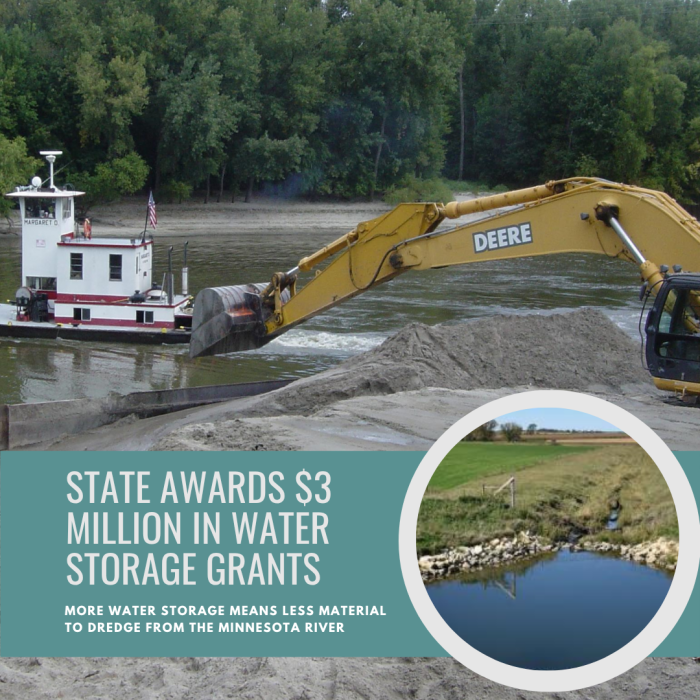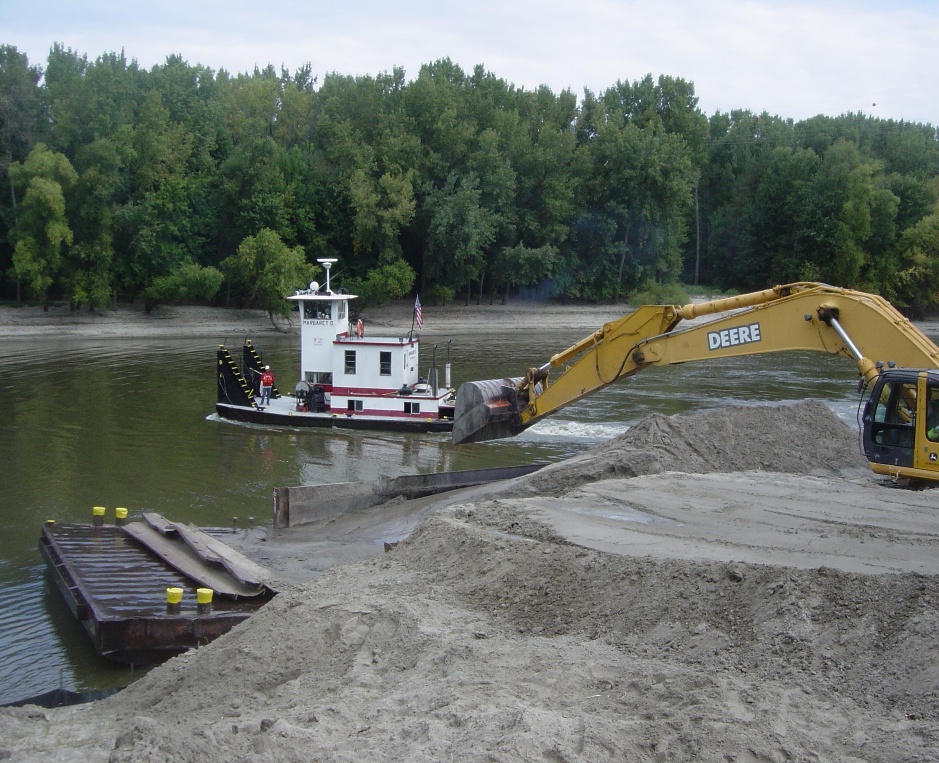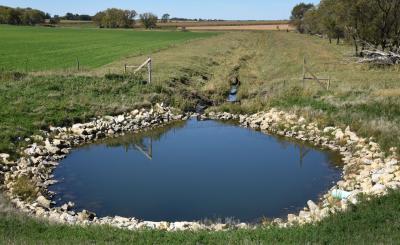State Grants Support Minnesota River Basin with $3.1 Million in 2025
Posted: 06/26/25
Six local government agencies have been selected to receive Minnesota Clean Water Funds, most of which fall within the Minnesota River basin. Four of the six Clean Water Fund grant recipients drain into the Minnesota River upstream from the Lower Minnesota River Watershed District. These include Blue Earth Soil and Water Conservation District, Area II Minnesota River Basin Projects, Lyon County Soil and Water Conservation District, and Yellow Medicine County.
What does that mean for LMRWD?
It may not seem like much on the surface, but the long-term impacts are nothing to overlook in terms of the health and navigability of the Minnesota River. The projects that come from these Clean Water Funds must create measurable benefits for water storage, water quality, and landscape resilience. When surface water storage increases upstream (i.e. when more water stays on the land longer before draining into the Minnesota River), the effects are felt downstream.
Each year the LMRWD maintains a nine-foot navigation channel on the river, near Coleman Lake and west of 35W. While this helps the Minnesota River stay connected to valuable industry links both locally and nationally, it comes at a cost. Each year the LMRWD oversees the dredging tons of sediment from this site, and without this continued effort, upstream sediment would create significant obstacles for valuable river navigation.
This creates an ongoing burden to dredge, transport, and dispose of the accumulated sediment that has washed downstream. Alternatively, if the landscape held more water and by consequence displaced less sediment, the need to dredge would be reduced.
LMRWD celebrates BWSR’s 2025 Clean Water grant awards, recognizing that a collective effort to reduce water volumes and sedimentation along the Minnesota River will help keep it healthy and functional for recreation and for local and national industry navigation.


Dredge Site in Lower Minnesota River Watershed District, Photo Credit: Lower Minnesota River Watershed District

Water Storage Example, Photo Credit: Board of Water and Soil Resources